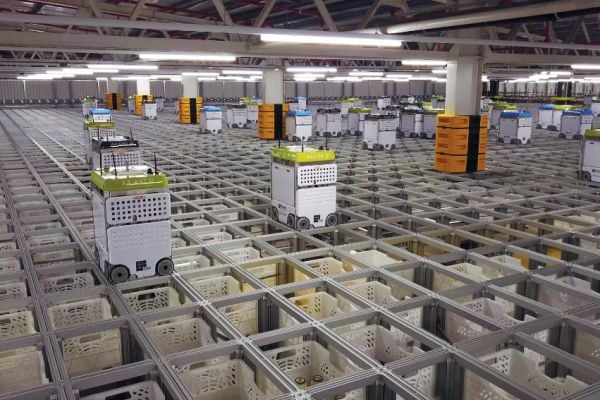Retailers know all too well the vast amount of production time and hard work that traditionally goes into the process of merchandising in stores. It is typically a laborious task – particularly in stores with many thousands of SKUs – that requires careful consideration to achieve the best results.
However, at the same time, effective merchandising is a key element in the drive to increase sales and profits. In the challenging economic landscape of 2024, to remain effective, it is essential to invest in merchandising automation to establish a smart and optimised process.
The Role Of Automation
This is where automation comes in. By leveraging artificial intelligence and machine learning technologies, automated shelf merchandising can provide information on products in real-time, while also providing actionable data on front-facing displays and product placement.
By automating tasks such as reporting, verification, and archiving, automated merchandising solutions offer benefits such as reducing human error, providing real-time monitoring, and generating timely reports based on reliable data.
Automation of planogram templates and formats can also streamline their implementation across multiple sales outlets. For the retailer, this enhances visual merchandising consistency and assortment planning efficiency, benefiting the entire retail network.
In addition, the ability to identify key product attributes such as type, size, category, brand, and price point instantly means that retailers can determine the ideal zone and placement within the store for each product, thereby maximising sales and better managing staff workloads.
Furthermore, by integrating merchandising automation solutions with existing software and leveraging cloud computing technologies, retailers can better adapt to changing market environments.
Through the use of cloud technology, such solutions can be extended across a retailer's entire store estate, offering staff in different locations access to inventories and product information in a timely and efficient manner, as well as providing instant notifications on product placement or, in the case of a product recall, removal.
Goods Checker
Consider an example of merchandising automation using Goods Checker—an IT tool based on computer vision. This solution helps control product placement, merchandisers' work, and consequently, enables them to stay informed about the real situation on the shelves in retail outlets.
Here's how it works: A merchandiser uses the Goods Checker app to take a photo of the shelf. Neural networks process the image, recognising products and gaps. The merchandiser immediately sees which products are displayed correctly, which are not, and which are missing from the shelf. Information after each merchandiser visit is almost instantly reflected in the analytics, allowing managers to quickly identify if planograms are not being followed.
Regular and reliable monitoring helps determine the real demand for various products, allowing the retailer to better plan deliveries. Additionally, it's important to remember that the absence of products on shelves leads to decreased sales.
Merchandising automation helps control product placement and availability on shelves, obtain accurate, comprehensive, and reliable analytical data, and thus, enables profit increase. For example, a merchandising agency in Eastern Europe accelerated point-of-sale reporting by 70%, while a distributor of premium chocolates identified instances of actual shelf violations in the retail network.
Key Benefits
"Merchandising is a crucial link in the sales chain – identifying its bottlenecks can boost sales by 5% to 7%. Automation of merchandising is difficult to ignore today. It helps companies quickly adapt to market changes, efficiently utilise resources, and consequently, enhance competitiveness," says Alex Sutsko, Development Manager of IT-Solution Goods Checker at IBA Group.
In summary, automated merchandising offers several benefits:
Efficiency: By automating reporting and verification tasks, the merchandising process becomes more efficient, saving time and effort for employees.
Accuracy: Automated verification solutions ensure that products are displayed correctly according to planograms, minimising errors and inconsistencies.
Real-Time Monitoring: With the ability to track shelf displays in real-time, managers can promptly address any deviations from planogram guidelines and make necessary adjustments.
Data-Driven Insights: Detailed reports based on reliable and real-time data provide valuable insights into display accuracy and performance across multiple outlets.
Merchandising automation has the potential to revolutionise the retail and FMCG sector – it can cut costs, improve analytics and utilise labour time far more efficiently.














